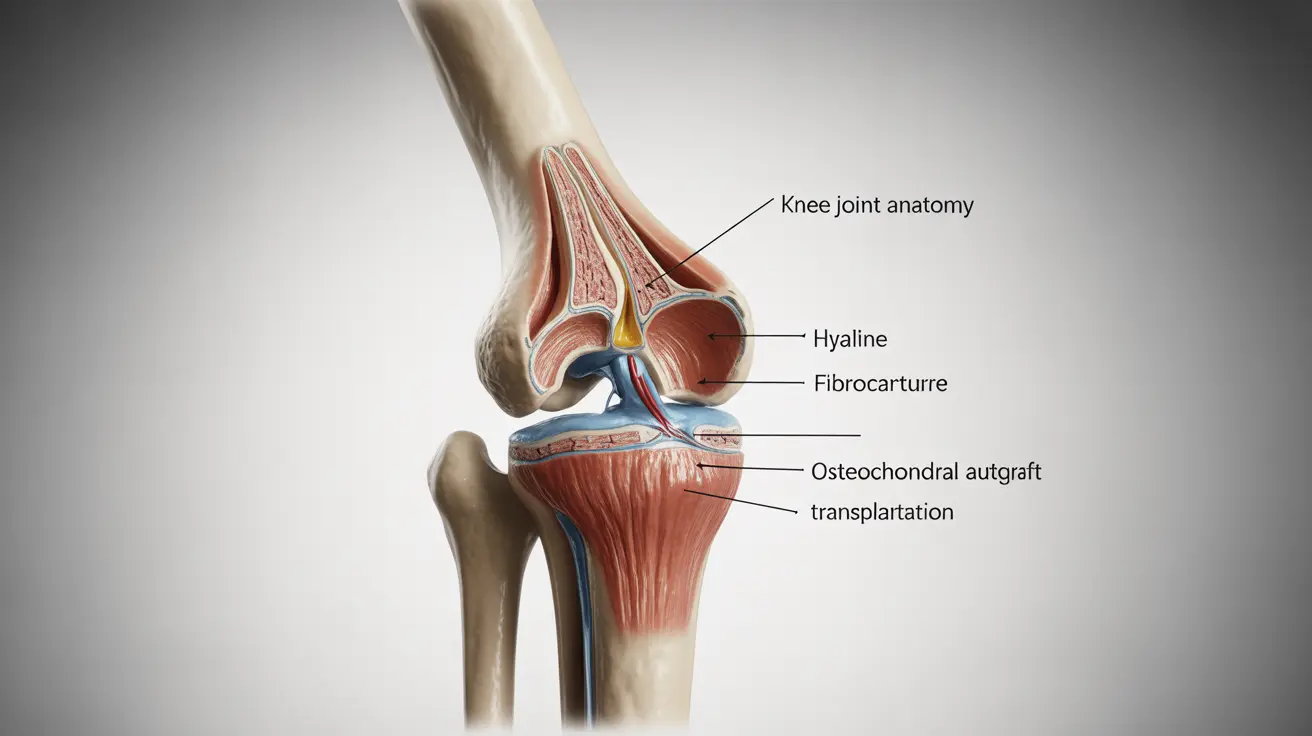What is cardiovascular disease and am I at risk?
Cardiovascular disease is an umbrella term used to describe diseases of the heart or blood vessels that commonly reduce blood flow to the heart, brain, or body due to blood clots or a build-up of fatty deposits, the NHS states. The most common types of CVD are coronary heart disease, stroke, peripheral arterial disease, and aortic disease.
Risk factors for CVD are prevalent in the UK population, including high blood pressure, high cholesterol, diabetes, smoking, obesity, physical inactivity, and a family history of CVD.
What's causing the rise in CVD?
The BHF states that the rising tide of CVD can only be partially attributed to the impact of the COVID-19 pandemic and the increased pressure on the NHS. It states that ‘warning signs' have predicted a ‘significant slowdown' in the prevention of early CVD deaths since 2012. The rate fell just 11 percent in the seven years from 2012 to 2019, compared with a reduction of 33% in the previous seven-year period.
Other factors contributing to this rise include a passive governmental approach to addressing cardiovascular risk factors over the past decade, the BHF claims - with millions living with undiagnosed and unmanaged diabetes, high blood pressure, raised cholesterol, and obesity.
The disparity in healthcare for the rich and poor has also ‘significantly widened' since 2010, with those in more deprived areas seeing poorer health outcomes, the charity states. Meanwhile, NHS waiting lists for heart care continue to grow, with 75% more people on the list compared with February 2020, the BHF reports.
How can I check if I'm at risk or have CVD?
Early detection through preventive checkups and screening tests plays a crucial role in catching CVD early. Monitoring your blood pressure and having an EKG check your heart's electrical signals is a good place to start, and here are three blood tests that can help identify CVD:
- Cholesterol panel: This measures your total cholesterol, levels of good cholesterol (HDL), bad cholesterol (non-HDL), and triglycerides in your blood.
- Blood sugar tests: Measuring glucose levels to detect diabetes or prediabetes.
- Inflammatory markers: Tests for inflammation, which could indicate increased CVD risk, by measuring for markers such as hs-CRP.
If you are found to have risk factors for CVD, your doctor may prescribe you medications to help manage this risk, including blood pressure or cholesterol-lowering drugs. Consider using a service like GetLabTest. They offer convenient and affordable testing options.
While not always popular, it's also important to remember that lifestyle modifications are the cornerstone of heart health. BHF research shows that regular exercise can cut your risk of heart disease by up to 35%, and recommends following the Eatwell guide for a balanced diet.
CVD is highly preventable, and 85% could be avoided by modifying risk factors the NHS states. However, it continues to pose a huge public health threat to the UK and the BHF suggests that weak public health policies are failing to control the rising tide. Rightly or wrongly, individuals are largely left responsible for managing their own CVD risks. By taking proactive measures such as booking regular health check-ups and making lifestyle changes, together the population can help reverse the worsening statistics on early CVD deaths.
Also featured in: BUSINESS INSIDER




